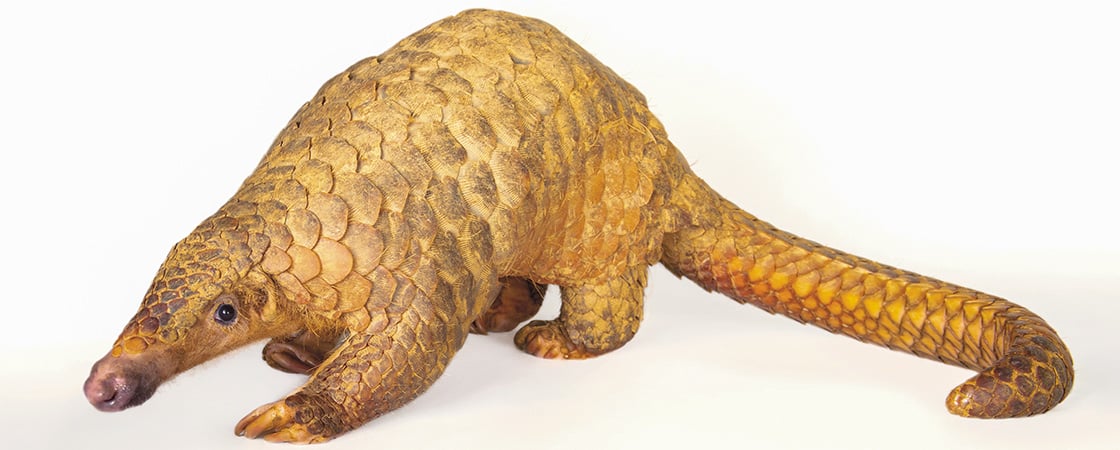On a humid summer day back in 2010, a small and frightened creature lay locked in a cage. Her name was Lucy, and she was gravely injured.
Lucy was a Sunda pangolin, a scaly, mostly nocturnal mammal native to Southeast Asia. She had once spent her nights foraging in the lush forests of Cambodia for her favorite foods: termites and ants. Then tragedy struck. Lucy got caught in a snare—a loop of wire that tightened around her leg when she stepped on it.
The snare had been set by poachers, people who illegally capture or kill wild animals. After Lucy was trapped, she was taken to a market in Battambang, the third-largest city in Cambodia. There, her meat and scales could fetch a hefty price.
Now Lucy’s only hope was the Wildlife Rapid Rescue Team, a group of brave conservationists and military police officers. They had heard a pangolin was being held captive in the market, and they were closing in fast.
If they didn’t get to Lucy soon, though, she would surely die.
It was a humid summer day in 2010. A small and frightened creature was locked in a cage. Her name was Lucy. She was severely injured.
Lucy was a Sunda pangolin—a scaly mammal native to Southeast Asia. She used to live in the forests of Cambodia, foraging at night for her favorite foods: termites and ants. Then tragedy struck. Lucy stepped on a snare and the loop of wire tightened around her leg.
People called poachers had set the snare. Poachers illegally capture or kill wild animals. After Lucy was trapped, she was taken to a market in Battambang. It’s the third-largest city in Cambodia. There, her meat and scales could fetch a hefty price.
Now Lucy’s only hope was the Wildlife Rapid Rescue Team, a group of brave conservationists and military police officers. They had heard a pangolin was being held captive in the market. They were closing in fast.
If they didn’t get to Lucy soon, though, she would surely die.



